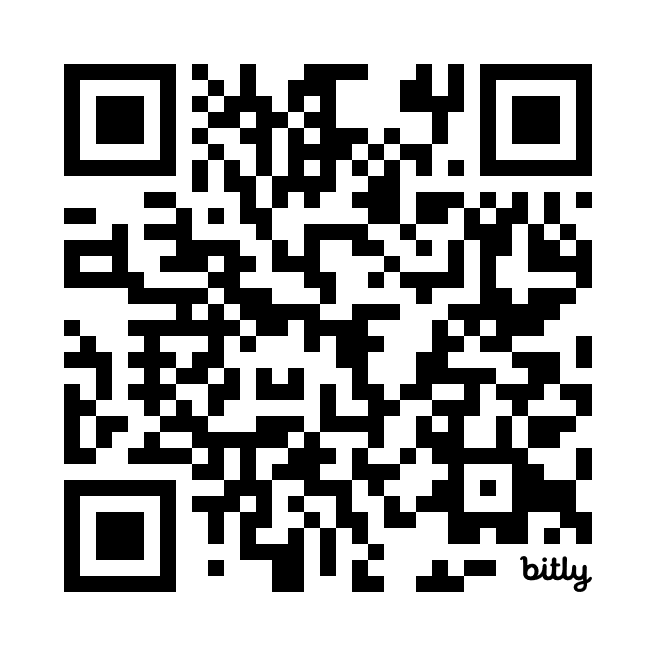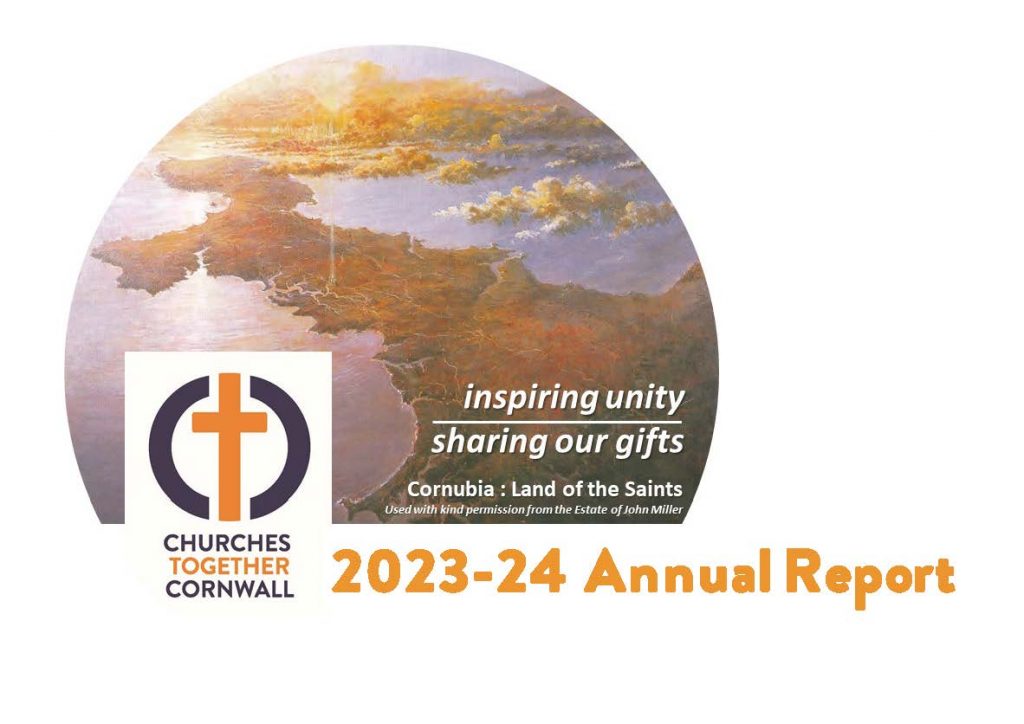Marianne Rozario explains what Social Prescribing is and why Theos is exploring it in an upcoming research project with Good Faith Partnership.
15/01/2024
Annie is an elderly woman who lives in a care home in Surrey. Her husband of fifty–seven years died during the Covid pandemic. At the care home, Annie doesn’t get many visitors other than her niece. Annie used to be a part of her church community, but her mobility declined rapidly forcing her to move far away from the community she knew. She is suffering from loneliness and isolation, and the lack of community is really affecting her.
Priya and Robert live on the outskirts of Southampton with their two small children. Robert recently lost his job and, despite sending out over 100 job applications, is struggling to find work. Priya and Robert are facing economic hardship – their debts are rising and, after using up all their savings, they are struggling to pay for food for their young family. Robert is feeling stressed and anxious as a result.
Joshua is a young man currently living in Northampton. He has suffered with his mental health for most of his life and has battled alcohol addiction. He has struggled to hold down a steady job because of his mental health. Joshua has tried multiple medications, but nothing has helped.[1]
Annie, Priya and Robert, and Joshua have all seen their local GPs and tried to reach out to their local communities for help. But what should a doctor prescribe Annie who is feeling isolated and lonely? What should the local authority do to alleviate Priya and Robert’s debt concerns and cost–of–living worries? What should the local community do to help Joshua face his mental health needs?
Social prescribing is one model that could assist.
Social prescribing is a means for trusted individuals in clinical and community settings to identify that a person has non–medical, health–related social needs and to subsequently connect them to non–clinical supports and services within the community by co–producing a social prescription—a non–medical prescription, to improve health and well–being and to strengthen community connections.
Referrals are usually sent by a GP, nurse, or health–care professional to a “Social Prescribing Link Worker”. These link workers “link” people to non–medical activities and services to support their unmet needs with the aim of benefitting their health and wellbeing. Link workers refer individuals to local activities provided by voluntary and community sector organisations. Such activities include community activities such as art classes, befriending schemes, cooking, gardening, and a range of sports. Individuals could also be referred to advice services via local authorities or charities for welfare entitlements, housing, or debt management. Other examples of social prescribing interventions include gym or exercise classes or groups, weight–management and nutrition interventions, art–based therapies, employment or volunteer opportunities, self–help groups for specific conditions, and parenting programs.
For example, Together with Music was a 6–week programme between Intergenerational Music Making, Surrey Downs Integrated Care Partnership and Mole Valley District Council. It brought together, through music, elderly residents from Keswick Care Home and children aged 10 and 11 from Eastwick School in Bookham supporting those living with dementia or suffering from loneliness, anxiety, or isolation to create a stronger, healthier, intergenerational local community.
Similarly, St Mary’s Church in Southampton along with Southampton City Mission set up in 2021 ‘The Marketplace‘ – a social supermarket for local residents experiencing food insecurity. For £5 per week, members shop for a variety of fresh food in the church building. St Mary’s Church works closely with Southampton Central PCN Social Prescribing team inviting their link workers to refer patients to the Marketplace.
Furthermore, Delapré Digs for Wellbeing is a newly–launched programme by Delapré Abbey in Northampton in partnership with Northampton General Practice Alliance. It brings together those experiencing low to moderate mental health needs, disability, long–term chronic conditions and loneliness to participate in archaeological activities, including excavation, finds processing, research and recording, as well as creative activities such as illustration and pottery making.
Could Together with Music make Annie feel less isolated? Would the Marketplace at St Mary’s in Southampton help Priya and Robert’s food insecurity concerns? And could Delapré Digs for Wellbeing have a positive effect on Joshua?
Can these social prescribing activities help? Maybe.
Health care professionals supportive of social prescribing acknowledge the need to care holistically for individuals. They recognise that health and wellbeing are determined by a range of social, economic, and environmental factors. It is even argued that education, income, housing, and other social issues can have a greater impact on someone’s health than health care. After all, healthcare that sees a human being as simply a physical being with physical needs falls short. Rather, a holistic approach to healthcare, which social prescribing promotes, considers and supports the physical, emotional, social, and spiritual wellbeing of a person.
Furthermore, with one in five (20%) patients consulting GPs for primarily social rather than medical problems, perhaps social prescribing potentially offers a reduction in healthcare demands and costs. Studies on the impact of social prescribing evidence a reduction in A&E attendance, a reduction in GP contact times, as well as a positive social return on investment.
Social prescribing shouldn’t, however, be seen as a “silver bullet” to either a holistic approach to healthcare or a way to reduce healthcare demands and costs. Weaknesses and challenges to this model exist. Some studies suggest that the evidence base for an evaluation of social prescribing is weak, or that studies of its effectiveness have been too small–scale, and the model is contingent upon limited local capacity within the voluntary and community sectors.
Churches and faith communities running or supporting social prescribing activities bring their own sense of mission to it, grounded perhaps in what Theos’ “Doing Good” report has described as “Christian social liturgy”. This is “a simultaneous expression of love of God and of neighbour, a way of worshipping God through finding and serving him in others.” Such an approach was expanded further in Theos’ “Growing Good” report suggesting that “congregational social action” is relational, incarnational, and spiritual. Relational as its oriented towards the building of communities and interpersonal relationships and not simply a provision of services. Incarnational in that it emphasises being part of a community and not a client/provider relationship. Spiritual by it being motivated by collective and individual religious commitment.
Churches who have connected with link workers have been able to offer referrals into choirs, listening and befriending services, gardening projects, debt–advice courses, social supermarkets, community cooking projects, parent and toddler groups, and the Alpha course. It is reported that churches bring strong community links, being skilled in welcoming and befriending, a potentially reduced stigma compared to statutory services, a deeper access to certain communities, and a community–focused physical space.
With groups or activities run by faith groups such as these, we can see how Annie could feel less isolated participating in listening and befriending schemes, how Priya and Robert’s food insecurity concerns could be alleviated through social supermarkets, and how some of the community activity projects might help Joshua’s mental health.
In order to better understand and evidence the scale and scope of faith engagement in social prescribing across England, Theos and the Good Faith Partnership are embarking on a significant piece of research on “Faith in Social Prescribing”. Through this research, we hope to not only map the activities run by or supported by faith groups, but also by understanding its strengths and challenges better inform future collaborations between faith groups and social prescribing networks.





